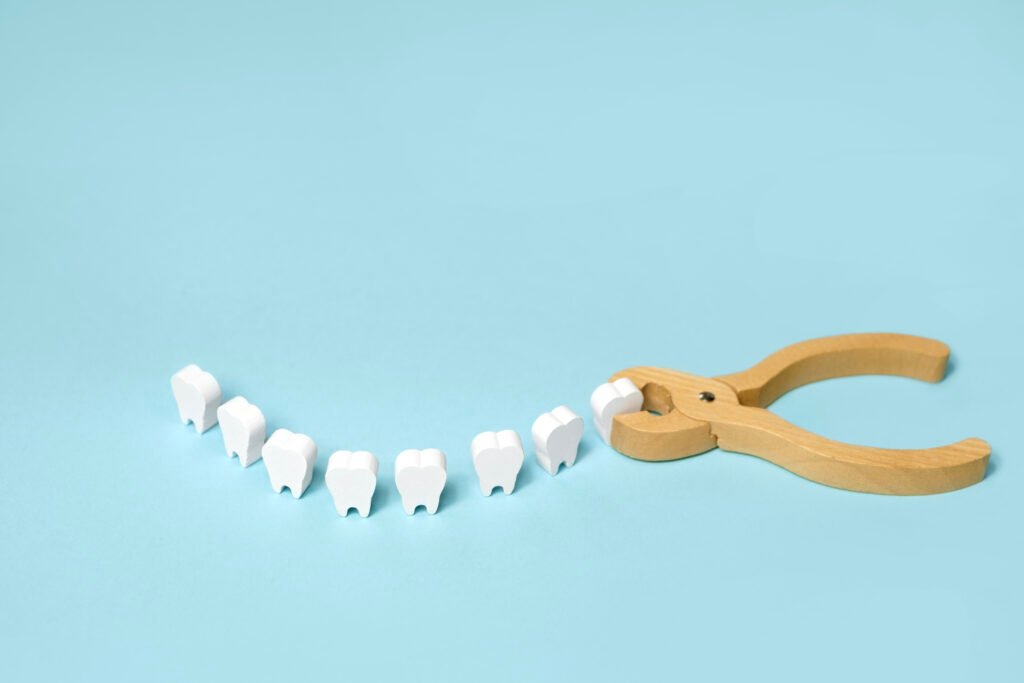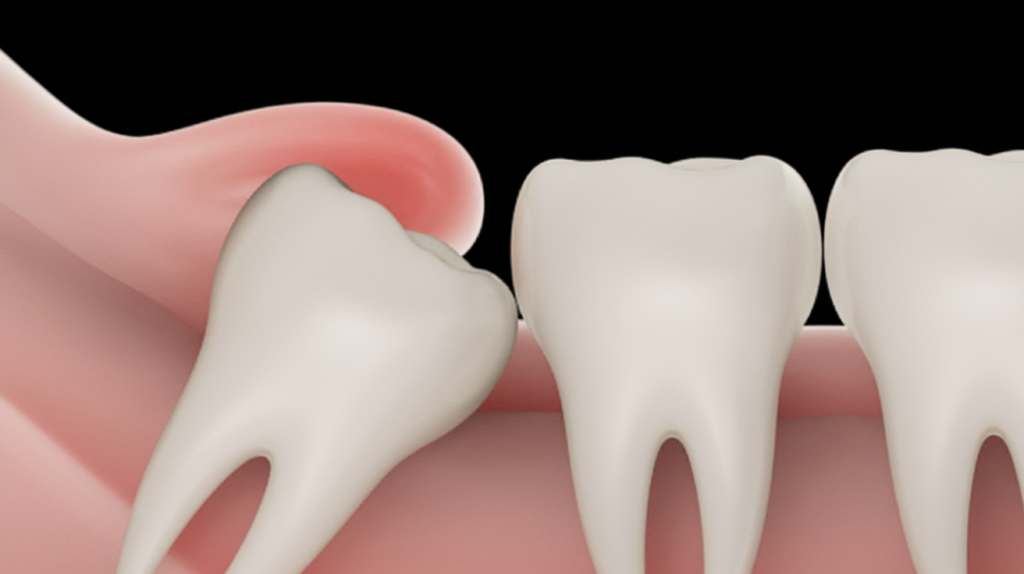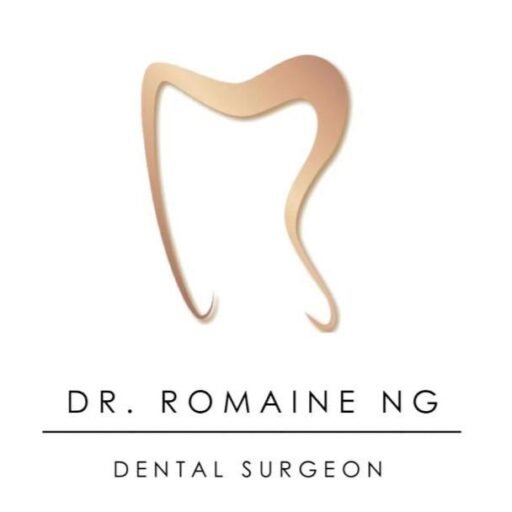Wisdom Tooth Removal & Dental Extraction

Understanding Wisdom Teeth
What Are Wisdom Teeth?
Wisdom teeth, also known as third molars, are the last set of teeth to emerge, usually between the ages of 16 and 25.
Why They Often Need Removal
- Impaction: They become trapped in jawbone or gums due to lack of space
- Crowding: They push against neighboring teeth, causing misalignment
- Infection risk: They are difficult to clean, leading to cavities and gum disease
- Pain and inflammation: Can cause discomfort and swelling in the gums

The Removal Process
- Consultation and imaging:
X-rays or 3D scans to assess condition - Anesthesia:
Local, sedation, or general based on complexity - Extraction procedure:
Specialized tools and techniques - Aftercare:
Bleeding control and possible stitches
Recovery and Aftercare
Recovery Timeline
Standard healing takes 5-7 days, but impacted wisdom teeth may require up to 2 weeks. Proper aftercare speeds healing.
Post-Extraction Care
- Bite on gauze for 30-60 minutes to stop bleeding
- Avoid rinsing or spitting for 24 hours
- Eat soft foods
- Avoid smoking and alcohol
- Take prescribed medications
FAQs About Wisdom Tooth Removal
The procedure itself is painless due to anesthesia. Afterward, discomfort can be managed with medications and ice packs.
While uncommon, risks include dry socket (dislodged blood clot), infection, and possible nerve damage causing numbness.
Yes, general anesthesia is available for complex cases or patients with extreme dental anxiety.
Non-impacted teeth have fully emerged and require simple extraction.
Impacted teeth are trapped in bone or gums and require surgical removal.
Untreated problematic wisdom teeth can cause:
- Crowding and misalignment of other teeth
- Cysts or tumors in the jawbone
- Chronic infections and gum disease
- Damage to neighboring teeth and bone
Quick Links
Contact
- +852 9532 1766
-
Room 1605, Island Beverley Center,
No. 1 Great George Street, Causeway Bay, Hong Kong
©DR. ROMAINE NG, All Rights Reserved
